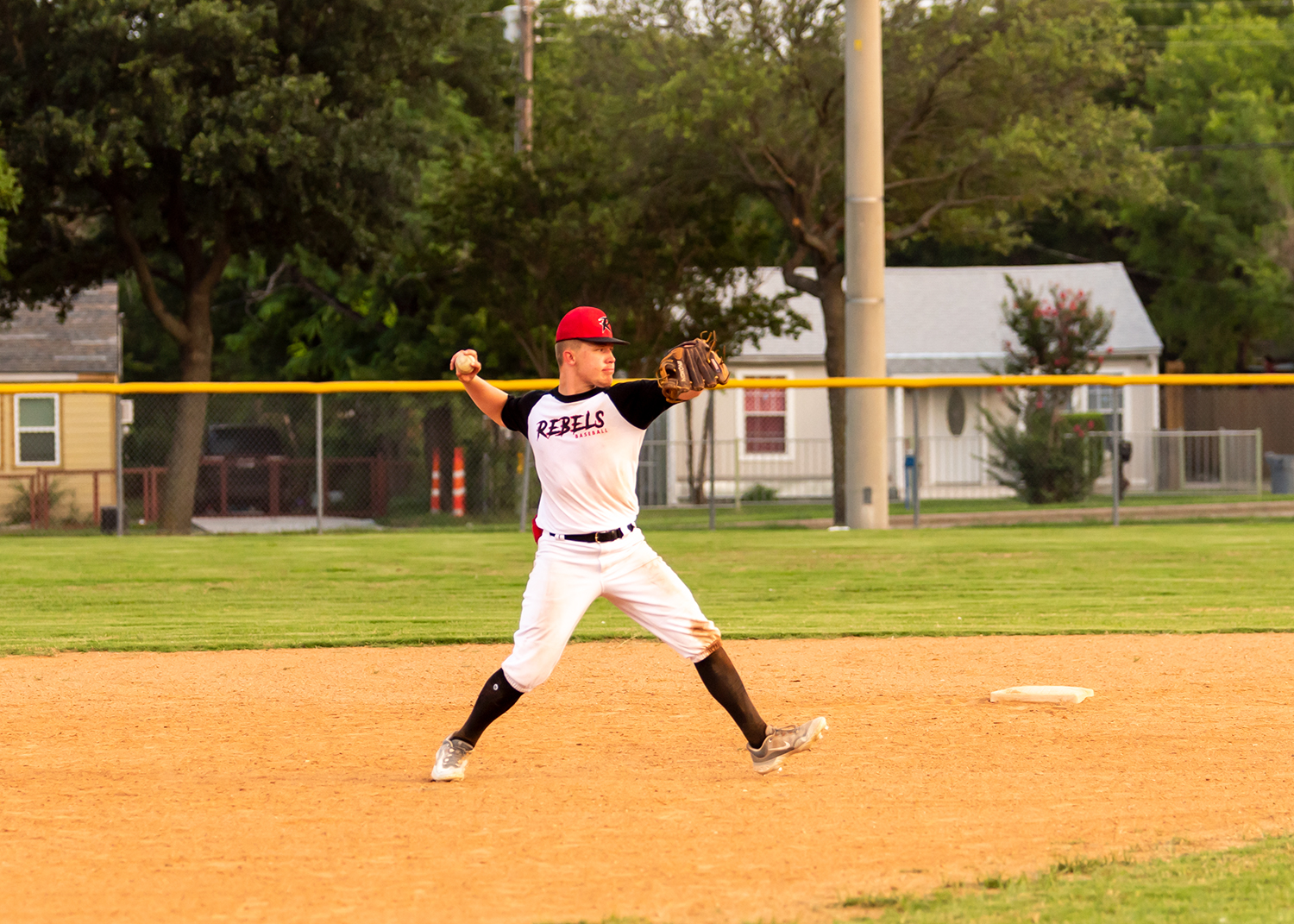
Baseball, often referred to as America’s pastime, is a sport that requires a unique blend of skills and strategies. From pitching to hitting, each position on the diamond presents its own challenges and demands. However, amidst all the positions, there is one role that stands out as the most demanding and mentally taxing—the position that tests a player’s mettle like no other. In this blog post, we delve into the question: Which position is the hardest to play in baseball?
Catcher:
The catcher, often hailed as the quarterback of the baseball field, assumes an integral role in every play. Positioned just behind the batter, the catcher is responsible for receiving the pitches, calling the right ones, blocking wild throws, and quickly analyzing the game situation. Catchers endure the physical demands of crouching for hours on end, often resulting in knee and back injuries. Moreover, they must possess exceptional communication skills to guide their pitcher and coordinate defensive plays, all while being aware of baserunners. The combination of physical endurance, mental acuity, and leadership qualities makes the catcher one of the toughest positions to master.
Pitcher:
Pitching, known as the backbone of any successful baseball team, presents a unique challenge. The pitcher is tasked with hurling the ball with precision and strategy, aiming to deceive the batter while outsmarting the opposition. The physical strain on the arm and shoulder is immense, requiring exceptional conditioning and training. Furthermore, pitchers must possess a vast arsenal of pitches, each mastered to perfection, and the ability to adjust their approach based on batter tendencies and game situations. The immense pressure of carrying the team on their shoulders, coupled with the constant scrutiny and the need to maintain focus, makes the pitcher’s role one of the most difficult in baseball.
Short Stop:
The shortstop, positioned between second and third base, is the anchor of the infield. This position demands excellent defensive skills, agility, and a strong throwing arm. The shortstop acts as the first line of defense against hard-hit balls, often requiring diving stops and acrobatic plays. They need exceptional reflexes and an instinctive understanding of positioning to anticipate where the ball will be hit. Additionally, the shortstop plays a vital role in turning double plays, requiring precise timing and coordination with the second baseman. The constant pressure to cover vast areas of the field and make split-second decisions contributes to the difficulty of the shortstop position.
Outfielders:
The center fielder, positioned in the heart of the outfield, must possess blazing speed, impeccable fielding abilities, and an accurate throwing arm. Often referred to as the captain of the outfield, the center fielder covers more ground than any other player. They are responsible for chasing down long fly balls, tracking line drives, and making diving catches. The center fielder acts as the last line of defense, preventing extra-base hits and turning potential home runs into outs. Their ability to read the trajectory of the ball and quickly adjust their position is essential, making it one of the most challenging positions to play in baseball.
Outfielders must possess exceptional speed and agility, particularly centerfielders who cover the largest area on the field. However, all outfield positions require a wide range of coverage. Additionally, strong throwing arm is a crucial attribute for outfielders. While right fielders are often valued more for their offensive abilities, defensive skills should still be taken into account.
First Base:
Mayor of Defense. He’s the anchor of the infield. First base is a critical position in the game of baseball, and the first baseman plays a vital role in the overall success of the team. The first baseman plays a crucial role in holding baserunners close to first base, especially when there are runners on other bases. By staying close to the bag, the first baseman puts pressure on the runner, limiting their lead and reducing the likelihood of stealing or advancing to the next base. This defensive strategy helps control the opposition’s running game and prevents unnecessary scoring opportunities.
We want to hear from you now. In your opinion, which position do you consider the most challenging in baseball, and what are your reasons? Share your thoughts in the comment section below.





